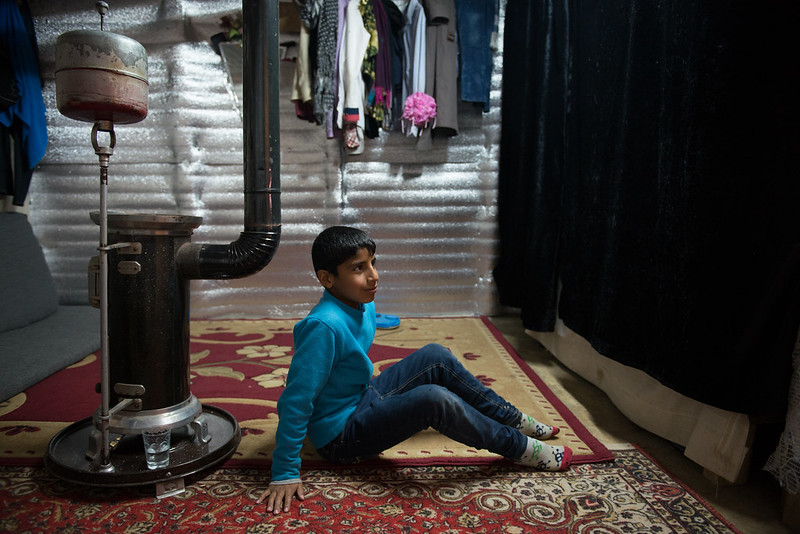Food aid for malnourished children in Gaza Strip

December 1, 2008
REI and JVC will jointly support this project to help to improve the health condition of severely malnourished children in the Gaza Strip, where 80% of its residents are refugees.
Since the Palestinian Legislative Council (Parliament) election of 2006 and the subsequent action in 2007 the Gaza has been closed off and isolated. Only this closure has caused Gaza’s fragile economy to collapse.
The people live under dire poverty with more than 80% of residents now dependent on humanitarian food aid. In addition, the shortage of fuel, gas, electricity, water, medicine has become a daily life of the residents of Gaza. The reduced capacity of the sewage treatment plant has caused sewage to be dumped directly to the sea, polluting and making more difficult the rare source of livelihood, which is fishing.
According to UNICEF, in Gaza, 50,000 children are malnourished, 70% have a vitamin A deficiency and close to half of children under age two are anaemic. Under the current situation the number of children suffering from malnutrition is expected to increase.
This project will be implemented by Ard El-Insan, a local NGO specialized in nutrition. The project includes patient registration, growth monitoring, therapeutic food provision, supervision and guidance of mothers regarding child feeding and nutrition education, dry food provision, daily recording, case study, and interviews with mothers. Past experience with this type of project shows approximately 60% of the severely malnourished children can be discharged after three months with remaining mild malnutrition and an additional 28.6% of children, while not able to be discharged, do show some improvement.
Results
In the project period, 63% of children admitted to the Center were discharged. Distribution of weight-for-length/height at time of admission to discharge from the Center shows that the rate of moderate-severe wasting decreased by 69.3% (92.2% at admission versus 22.9% at discharge). Also, 40.9% of children who were admitted to the Center but did not reach the mild degree showed an improvement to a moderate degree (94.2% at admission versus 65.7% at their last follow-up).
Also in the project period, a total of 1,694 children were admitted to the Center and benefitted from the program. 859 children also received a total of 2,367 packages of dry food. Education given to mothers showed an improvement in practices and behaviors regarding the child’s feeding. According to their questionnaire, the mothers’ knowledge regarding the child’s feeding had improved by 26.6%.
Case study
Mohammad was a 5 month old child whose father used to work in Israel but cannot go back due to the closure. When he was admitted to the Center, his malnutrition degree was estimated as “6” (usually malnutrition is determined as between 1st to 3rd degree). The status of nutrition was extremely bad, but he started improving since he and his mother started to come to the Center for treatment and lectures. He was reluctant to eat any food but his mother tried himon the food cooked at the Center and food she cooked using distributed dry-food materials. In just two weeks, he managed to go from 3.8kg to 4.1kg, a significant weight gain for his age.